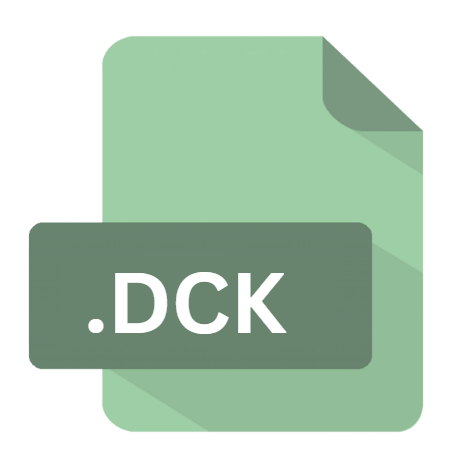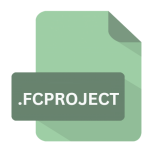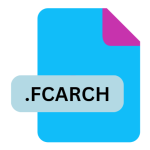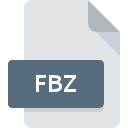.DCK File Extension

Resolume Deck File
| Developer | Resolume |
| Popularity | |
| Category | Video Files |
| Format | .DCK |
| Cross Platform | Update Soon |
What is an DCK file?
The .DCK file extension is associated with Resolume Deck files, which are integral to the Resolume software suite. Resolume is a popular application used for live video performance, mixing, and effects.
This software is widely employed in live music performances, VJing (Video Jockeying), and other multimedia presentations.
.DCK files, therefore, play a crucial role in the Resolume ecosystem, storing various types of media and settings required for these performances.
More Information.
The Resolume Deck file format, or .DCK, was introduced to address the need for a more efficient way to manage and store live performance setups.
Before the advent of this format, users had to deal with multiple files scattered across their storage devices, which could be cumbersome and disorganized.
The .DCK file format consolidated all relevant media, settings, and effects into one cohesive package, simplifying the process of setting up and performing live.
Initially, the format was designed to work with Resolume Avenue, a product focused on live performance and VJing.
Over time, as Resolume expanded its product lineup and introduced Resolume Arena, the .DCK format continued to be an essential component, accommodating the software’s growing range of features and capabilities.
Origin Of This File.
The .DCK file extension is specifically tied to Resolume, a company known for its Resolume Arena and Resolume Avenue software.
Founded in 2000 by Edwin van der Heide and Arjen de Korte, Resolume has been a leader in the field of live visual performances.
The .DCK file format was developed as part of the Resolume software’s attempt to streamline and organize multimedia content for live events.
It allows users to save a collection of media, effects, and settings into a single file, making it easier to manage complex visual presentations.
File Structure Technical Specification.
The .DCK file format is a proprietary format developed by Resolume. Its internal structure is designed to encapsulate various elements necessary for a live video performance. The file contains:
- Media Assets: This includes video clips, images, and audio files used in the performance.
- Effects and Transitions: Pre-configured visual effects and transitions that can be applied to the media assets.
- Layouts and Settings: Information about the arrangement of media elements on the performance stage and the settings for each element.
The .DCK file is essentially a container format, similar to a ZIP archive, which bundles these various elements into a single file.
The file itself is not in a human-readable format but can be unpacked and examined with the appropriate tools provided by Resolume software.
How to Convert the File?
Converting .DCK files to other formats is not straightforward due to the proprietary nature of the format. There are a few methods that can be used to work with or extract the content from .DCK files:
- Resolume Software: The most reliable way to handle .DCK files is through Resolume itself. Users can open .DCK files in Resolume Arena or Avenue and export media assets or settings as needed. Resolume allows for exporting individual elements like video clips or images, which can then be used independently.
- Third-Party Tools: There are some third-party tools and scripts available online that claim to extract contents from .DCK files. These tools often work by unpacking the file and accessing the contained media assets. However, their effectiveness and reliability can vary, and they may not fully support all features of the .DCK format.
- Manual Extraction: In some cases, users might manually extract files from a .DCK file by renaming it with a
.zipextension and unzipping it. This can reveal the internal structure and media files, though it might not handle all aspects of the performance setup.
Advantages And Disadvantages.
Advantages:
- Convenience: By consolidating media, effects, and settings into one file, the .DCK format greatly simplifies the management of live performance setups. Users can quickly load and switch between different decks without having to manually configure each element.
- Consistency: Using .DCK files ensures that all elements of a performance are saved together, reducing the risk of missing files or misconfigured settings.
- Portability: The format makes it easy to transport a complete performance setup from one system to another. This is particularly useful for VJs and live performers who work in different venues or with different teams.
Disadvantages:
- Proprietary Format: Being a proprietary format, .DCK files are only fully supported by Resolume software. This limits the flexibility of users who may want to use the files with other applications or tools.
- File Size: As .DCK files bundle multiple media assets and settings, they can become quite large. This can be a concern for users with limited storage space or those who need to transfer files quickly over slow networks.
- Software Dependency: To access or modify the contents of a .DCK file, users must have Resolume software. This can be a barrier for users who do not have access to the software or prefer to use alternative tools.
How to Open DCK?
Open In Windows
- To open a .DCK file on Windows, you need to have Resolume Avenue or Arena installed. Simply double-click the file, and it should open in Resolume if it’s correctly installed. Alternatively, you can open Resolume first and use the “Open” dialog to navigate to and select the .DCK file.
Open In Linux
- Resolume software is not natively available for Linux. To work with .DCK files on Linux, users would need to use a virtual machine or compatibility layer like Wine to run the Windows version of Resolume. Once Resolume is running, you can open .DCK files as you would on a native Windows system.
Open In MAC
- On macOS, the process is similar. Ensure that Resolume is installed on your system. You can open the .DCK file by either double-clicking it in Finder or opening Resolume and selecting the file through the application’s interface.












